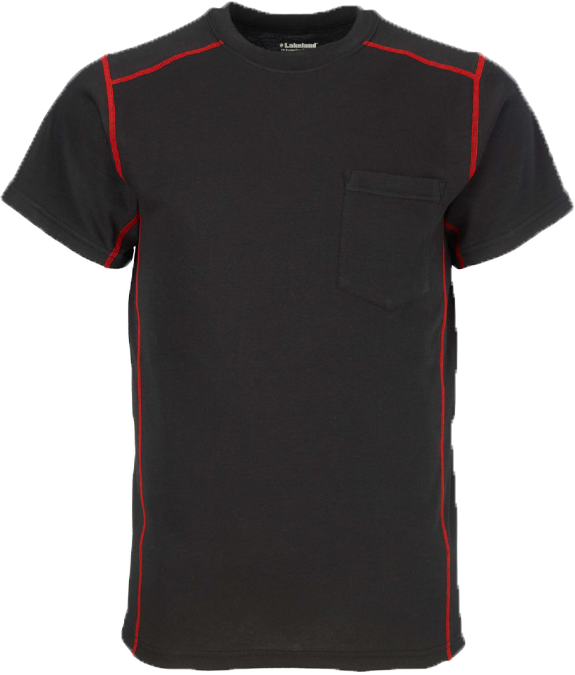The thought of coming into regular and direct contact with crude oil, gas, and other dangerous chemicals would strike fear into the heart of most anyone we know.
To the employees that work at oil and gas refineries and chemical plants, these are everyday hazards that they have become accustomed to. With the right protection, personnel can safely and confidently do their job and maintain processes/machinery to keep the plant running.
When it is time for a turnaround, Certified Safety Professionals and Industrial Hygienists must move quickly to not only ensure the employees are prepared and trained in procedure, but they must also create and follow a tight schedule, evaluate their need for new PPE, and orchestrate any necessary follow-up.
What happens during a turnaround?
A turnaround is the process of shutting down a petrochemical/refinery operating unit to clean and inspect the machinery within and to install new hardware if needed. This keeps the mechanical components of that plant running efficiently and extends the life of the equipment.
Turnarounds are extremely expensive given that these facilities are completely shut down and not generating revenue during that time, and they are usually bringing in third party contractors to help with the cleaning and maintenance of the machinery.
Routine challenges during a refinery turnaround
It’s undeniable that human error is a major safety concern. Although with repeated practice and experience we gain skills, the fact that most turnarounds are now happening every 4-10 years means that it can be easy to get rusty.
Most turnarounds will have a few newbies in the mix, either on the plant or refinery’s team or via the hired contractor’s team. Depending on the size of the project, it can take thousands of people to get the job done. Training them and equipping them with the right tools and PPE for the job is not only essential, but critical.
Determining the length of a turnaround can be difficult. Depending on the industry and intervals between shutdowns, it can be anywhere from 10 days to 2 months or more. In addition to reviewing information from previous plant turnarounds, predicting issues that might arise or hardware that may be deemed defective can cause a turnaround schedule to derail quickly.
Not knowing for sure how long a turnaround can take will make it more challenging to know how much PPE (personal protective equipment) you need to supply for the team. Will they be exposed to gas, oil, and other flammable liquids? Will they need a garment that has a respirator fit hood because of toxic fumes within the environment? How many times will team members need to change in and out of their garments? Will the garments you need be consistently manufactured and supplied during that time?
Tips for orchestrating a safe turnaround
Set a realistic time and budget goal. There will always be something unexpected to be discovered with each turnaround. Depending on how large the find is, it could add hours, days, or weeks to the total turnaround time – which can cost tens of millions of dollars. Factor in these almost certain “hiccups” so that you do not go over budget or longer than intended.
Communication is critical. This includes training new team members, refreshing old ones, researching and strategizing with your turnaround contractor, and having regular meetings with previously mentioned personnel on a regular basis before and during the actual event.
Afterwards, carefully audit what went wrong and right, so that next time the need for a turnaround presents itself, you can refresh your memory on how the last one went and be sure not to repeat any mistakes. Keeping an archive of every turnaround completed keeps industrial hygienists and other management briefed on what to expect so they can hit the ground running.
PPE (Personal Protective Equipment) is the first line of defense when it comes to protecting employees during turnarounds. From disposable flame resistant (FR) garments to flame and chemical repellent garments with respirator fit hoods, having a variety of appropriate protective gear to fit the many needs of a turnarounds is invaluable. Having that all from one vendor takes a very important consideration off the plates of safety managers.
The Lakeland Difference
At Lakeland, we’ve proven that, even through a pandemic, we’ve been able to keep our levels of protective garments sustained, while our immediate competitors have not.
Our MicroMax, ChemMax, and Pyrolon lines have protected employees during their turnarounds for decades. By protecting your team and securing a reliable protective garment vendor, you can focus on the training and planning components of your turnaround. Contact us now to learn more about the Lakeland difference..



